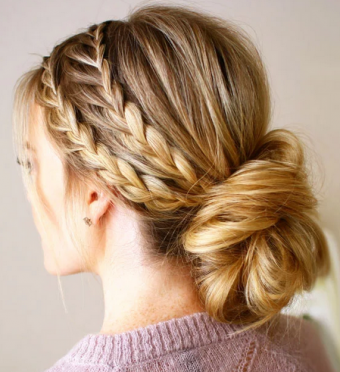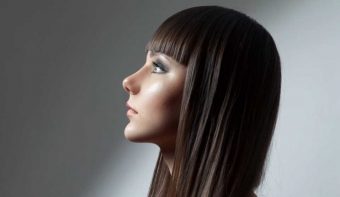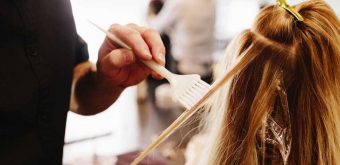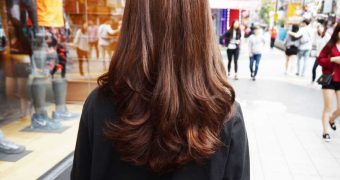Japanese hair straightening is a cure for transforming the frizzy, unruly hair into a perfectly straight, smooth, shiny mane.
Looks too amazing to be real, huh? After being burnt by hair straightening procedures that left a lot to be desired, and the latest scare of dangerous chemicals used in brass hair straightening, you are naturally suspicious.
Yet Japanese hair straightening bad for your hair and lives up to the hype! If you want to opt through this treatment, ask the stylist for the best performance.
Cons of Japanese hair straightening means chemically relaxing the locks with lye or calcium hydroxide solution.
The solvent is added to the scalp and all the fibers, and thoroughly rinsed out until, in the process, the hair is drained and flattened. That will make your hair look straight and smooth, but the procedure can be repeated if appropriate.
The entire procedure can take several hours, depending on the duration and thickness of the hair, but the results are worth waiting for.
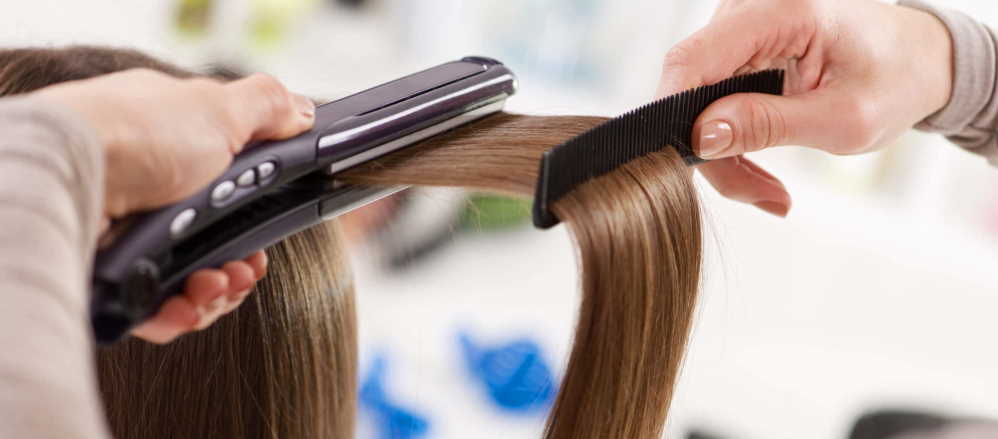
You may have learned about Japanese Straightening therapy. This technique is known by its other names such as smooth perm, smooth perm and thermal reconditioning.
This method of hair straightening has come all the way from Japan and has been implemented in the United States.
Japanese hair straightening has achieved tremendous popularity among women among all the straightening processes irrespective of disadvantages of Japanese hair straightening. Here are few tips for selecting the best stylists and goods.
Like all straightening treatments, this hair treatment may also do some harm. It is also not recommended to use it on already damaged, chemically conditioned hair.
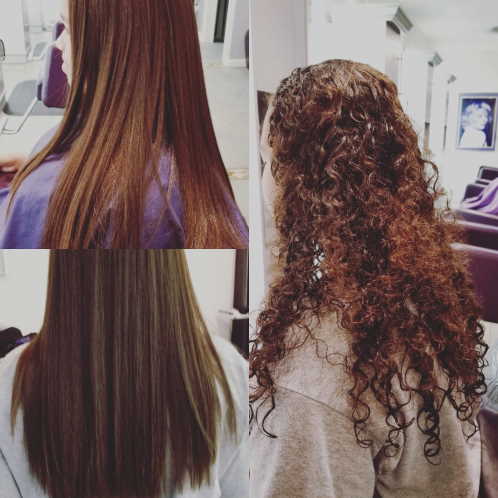 But after your hair is completely straightened with Japanese hair straightening, you should ditch the flat iron for quite some time.
But after your hair is completely straightened with Japanese hair straightening, you should ditch the flat iron for quite some time.
In fact, this technique changes the structure of your hair, so it stays straight forever. Which is, before your hair grows long or you shave it off.
Japanese straightening is not easy, but you will be spending on straightening for at least the next six months.
You will stay free of frizz in wet or humid days, and your mane will look better, smoother, fresher and cleaner, as this technique locks moisture into your hair.
Why do you know this treatment is appropriate for you? Find a reputable salon that practices Japanese hair straightening, where you can obtain pretreatment to say whether it is appropriate for your kind of hair.
Your life will get a bit smoother and healthier if you do not need to think about your hair anymore.
